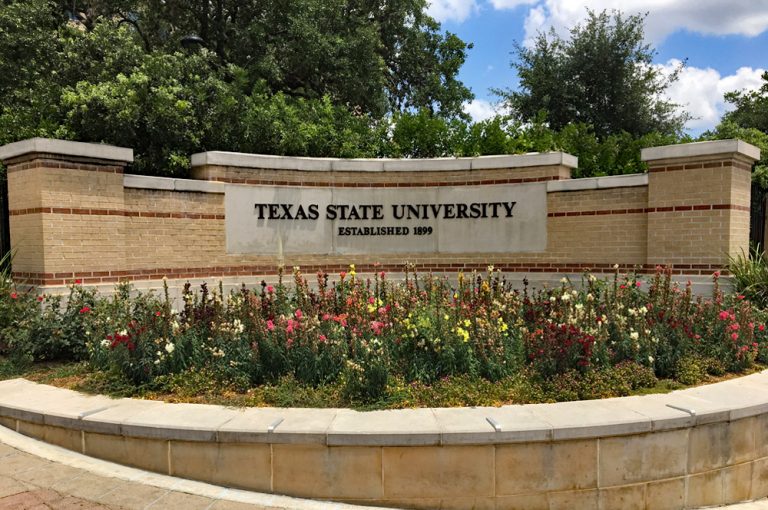

SAN MARCOS – The severity of the ongoing worldwide pandemic has prompted international researchers to warn that COVID-19 could be the first of many novel diseases infecting the human population and call for nations to shift from a reactionary strategy to one of prevention before the inevitable emergence of other zoonotic diseases.
The essay was written in part by Ivan Castro-Arellano, an associate professor in the Department of Biology at Texas State University.
Their findings, “Tackling zoonoses in a crowded world: Lessons to be learned from the COVID-19 pandemic,” are published in the journal Acta Tropica (www.sciencedirect.com/science/article/pii/S0001706X20316934).
Zoonosis describes diseases that can be transmitted to humans from animals.
Previous examples of zoonotic diseases moving from wild animals to humans in recent decades include AIDS, Zika, SARS and Ebola.
“Although the coauthors of this paper do not work directly with the virus that causes COVID-19, the origin of this pandemic follows the exact same pattern for each of the pathogens that we have experience with,” Castro-Arellano said. “Our call in this paper is that we need to move from reactionary (after the pathogen is out in humans) to preventive (stopping causes that promote the move of the pathogen to humans).”
Evidence suggests that COVID-19 likely made the jump to humans through the consumption of wild animals for food or the interaction between residents of rural areas and the wild animals in those areas.
Markets that sell wildlife illegally and without food handling biosafety measures are considered high-risk sites for the emergence of zoonotic diseases, since they increase the likelihood that pathogens will jump hosts and infect humans.
With human populations continuing to encroach on wild areas, avoiding future epidemic outbreaks of zoonotic origin will require a rethinking of humanity’s relationship with nature, its administration and its use.
Human interference in natural environments is the fundamental cause of COVID-19 making the leap to human populations.
The researchers call on governments to safeguard natural areas that serve as buffer zones against zoonotic diseases affecting humans, which would at the same time preserve biodiversity.
Countries and international organizations should invest more resources into preventing illegal use of wildlife and unrestrained encroachment on wild areas to help reduce the probability of future zoonotic outbreaks.
The San Marcos City Council received a presentation on the Sidewalk Maintenance and Gap Infill…
The San Marcos River Rollers have skated through obstacles after taking a two-year break during…
San Marcos Corridor News has been reporting on the incredible communities in the Hays County…
Visitors won't be able to swim in the crystal clear waters of the Jacobs Well Natural…
Looking to adopt or foster animals from the local shelter? Here are the San Marcos…
The Lone Star State leads the nation in labor-related accidents and especially workplace deaths and…
This website uses cookies.